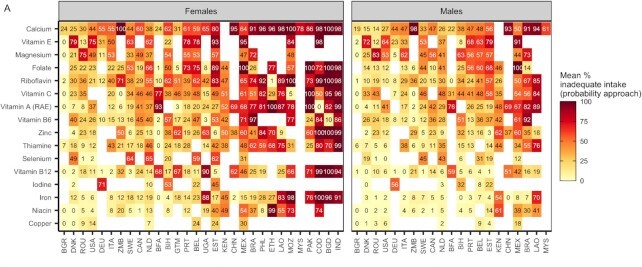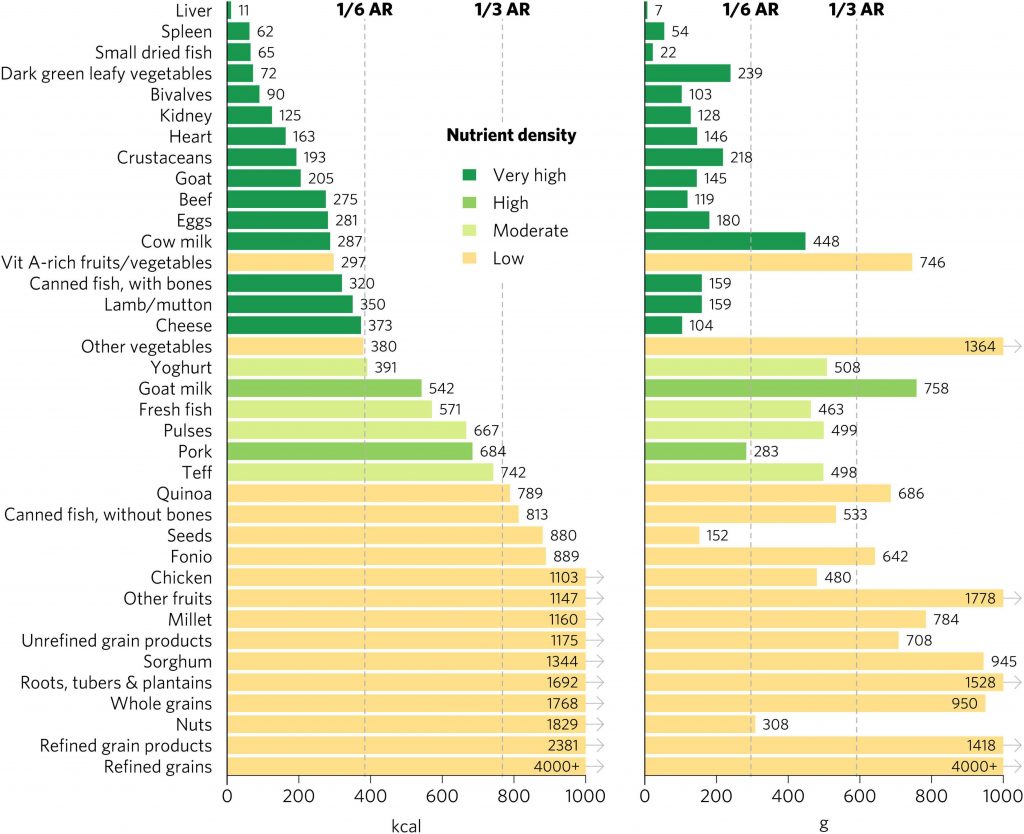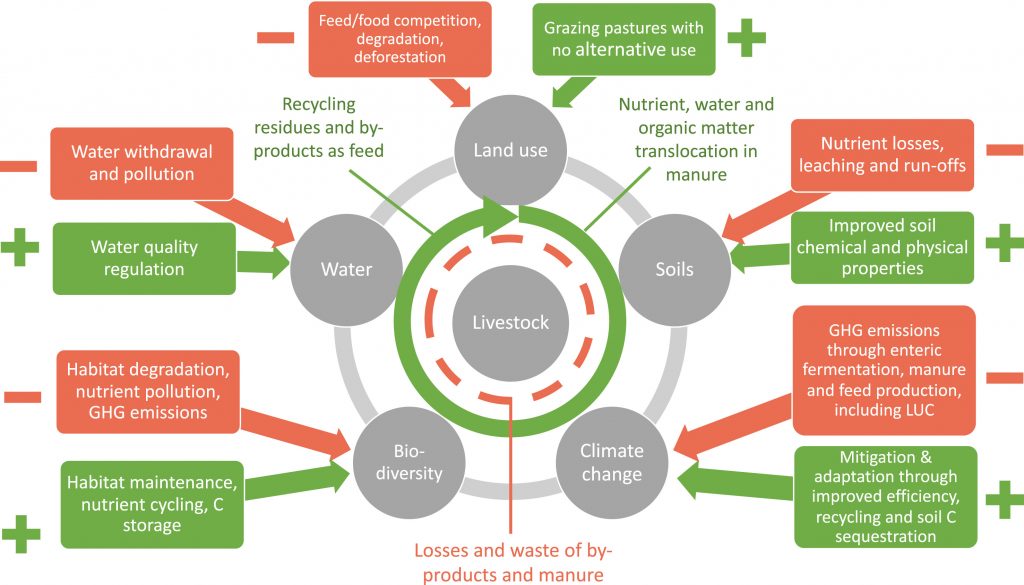
15 Dec Achieving adequate nutrition in a malnourished world
Recently the Sustainable Nutrition Initiative® hosted Dr Ty Beal from the Global Alliance for Improved Nutrition (GAIN) at the 2023 Joint Conference of the Nutrition Societies of New Zealand and Australia followed by a visit to SNi® at the Riddet Institute in Palmerston North.
Dr Beal’s conference presentation addressed the global burden of undernutrition and the possible nutrition focused solutions, providing insights into some of the influencing patterns behind global malnourishment. The nutritional role of both animal and plant sourced foods in addressing micronutrient deficiencies were discussed and the presentation concluded with a summary of the key issues related to environmental impacts of global food systems, emphasising the need for a diverse set of approaches to achieve sustainable nutrient adequacy for the global population.
The burden of malnutrition
Data from the Global Nutrition Report, 2021 (see Figure 1) was used to illustrate the widespread issues for global malnutrition. The data highlighted major indicators, revealing that 22% of all children under 5 are stunted, 7% are wasted, 6% are overweight, and 15% of all live births were classified as low birth weight. Simultaneously, over 2 billion people are overweight, and 452 million people are underweight, adding complexity to the current malnutrition issue. The coexistence of excess and undernutrition is observed within countries and individuals, alongside micronutrient deficiencies.
Specific markers of chronic diseases included raised blood pressure in over 1 billion people and over 500 million people with diabetes. Anaemia affects 30% of all women and girls of reproductive age. All these forms of malnutrition contribute to significant impacts on global health.
Research indicates that over half of preschool-aged children and two-thirds of women of reproductive age are deficient in one or more micronutrients. The impact of sparse data used to estimate the prevalence of global micronutrient deficiencies underscores the need for improved and more frequent data collection.
These deficiencies impact individuals within all countries and regions. Even in high-income countries, diets can be inadequate for essential micronutrients, with a particular emphasis on iron, as demonstrated by data from women in the UK and USA where at least 1 in 5 women are iron deficient.
Using food intake to estimate dietary micronutrient inadequacies
The available data on individual’s dietary habits across countries and regions is limited but compiled dietary data from 31 countries reveals prevalent micronutrient inadequacies within these populations, seen in Figure 2. This pattern is observed not only in Sub-Saharan Africa and South Asia but also in high-income countries such as the USA. Dr Beal emphasised that while the biomarkers for deficiency and reported intakes do not always correspond, they consistently indicate issues related to the nutrient inadequacy of diets.
Modelling estimates from a study under development suggests about two-thirds of the global population does not consume enough calcium, iron, or vitamin E. This is consistent with SNi® DELTA Model® findings.
Different nutritional challenges affect different parts of the world, meaning different solutions are needed to overcome them. For example, in many high-income countries more than half of calories come from ultra-processed foods. In low and middle-income countries the reasons for deficiencies are attributed to low dietary diversity. This is commonly driven by necessity, not by choice. Diets in low middle-income countries are predominantly composed of starchy staples, leading to inadequate nutrient content. Beal highlighted that while a higher dietary diversity does not guarantee adequate nutrition, it does enhance the likelihood. Ultra-processed snacks, sugar-sweetened beverages and processed meat are consumed with higher frequency in high-income countries but are increasingly being consumed more frequently in low and middle-income countries, although there is substantial regional variation. Understanding these patterns is crucial, as addressing this issue hinges on comprehending people’s dietary patterns.
The reduced diet diversity is also compounded with the decline in overall nutrient density within foods over time, as highlighted in this research. Today’s food lacks the same nutritional value as those from centuries ago due to breeding and climate change. Dr Beal highlighted the importance of both animal and plant sourced foods in the provision of key nutrients in the diet. The densest sources being organ meats, small fish, dark leafy greens, bivalves, crustaceans, ruminant meat, eggs, dairy, and other fish as seen in Figure 3. Incorporating a variety and greater quantity of these foods into current food supplies and diets could contribute to addressing micronutrient gaps, particularly in low middle-income countries.
Animal sourced foods are appropriate for humans
Animal sourced foods (ASFs) are unique for offering a suite of nutrients including retinol, heme iron, vitamins B12 and D3, as well as a complete amino acid profile, DHA and EPA. Other unique and potentially beneficial compounds include creatine, anserine, taurine, cysteamine, 4-hydroxyproline, carnosine, CLA and bioactive peptides. While some of these nutrients may not be classified as essential, they may be nonetheless beneficial for human health. Comparison of the bioavailability of some nutrients in ASFs compared to plant sourced foods (PSFs) reveals increased bioavailability for many nutrients such as n-3 fatty acids, vitamin A, iron, and zinc.
Beal’s “Friend or Foe” paper was utilised to illustrate the significance of nutrients from ASFs across various life stages, particularly from pregnancy to early childhood. Nutrients found in ASFs play a crucial role in pregnancy, infant feeding, child growth and development, and adolescence.
What do plant sourced foods have to offer?
PSFs contain unique nutrients, serving as primary providers of folate, vitamin E, magnesium, potassium and vitamin C, showcasing the complementary of PSFs and ASFs.
There is global underconsumption of fruits and vegetables. Dark green leafy vegetables, crucial sources of concentrated nutrients, exhibit varied consumption patterns with reasons for underconsumption differing by country. Some countries face challenges in growing these vegetables, while in others where accessibility exists, they are not frequently purchased. The intake of legumes, nuts and seeds recommended by global dietary guidelines also showed low consumption levels worldwide. Ensuring nutrient adequacy is crucial, as estimates indicate that diets with very low ASF content may elevate the risk of micronutrient deficiencies and inadequacies, particularly for bioavailable iron and zinc. Optimal diets necessitate a balanced combination of ASFs and PSFs, with room for debate about the ideal proportions.
The environmental impact of food systems
Food systems account for 34% of anthropogenic greenhouse gas emissions, 70% of freshwater withdrawals and pose the greatest threat to species extinction. A readily achievable measure to reduce these emissions is addressing food loss and waste, as discussed in an upcoming T4F.
Boosting production efficiency, allowing more food to be cultivated on the same land, which can be explored using SNi®’s cropping requirement and allocation model (included in the DELTA Model®), and promoting agrobiodiversity are key strategies. These efforts contribute to holistic outcomes, encompassing physical, economic, social, environmental, and cultural well-being. Circularity in livestock farming systems can also enhance contributions to these positive outcomes. This can be seen in Figure 4.
What do we have to pay attention to?
A suite of approaches is essential to achieve sustainable nutrient adequacy for everyone. This involves dietary adjustments aimed at enhancing the nutrient density and quality of the diet. Various other strategies, including fortification, biofortification and targeted supplementation for specific population groups, can be used to elevate nutrient intakes.
Global malnutrition issues persist. Micronutrient deficiencies are prevalent in low and middle-income countries but are also common in high-income countries. Current food systems fall short of providing adequate diets. In high-income countries, ultra-processed foods dominate. Meanwhile, low diet diversity in low and middle income countries are driven by a reliance on starchy staple foods, has significant negative outcomes.
It is crucial to prioritise nutrient adequacy and address the gaps in nutrition for the entire population, rather than solely focussing on those who can afford diverse diets or supplements. As such, accommodation of different approaches will be necessary to ensure comprehensive nutrition is available for everyone.

This Thought for Food was written by Raquel Lozano, with the support of Dr Ty Beal and the SNi® team.









